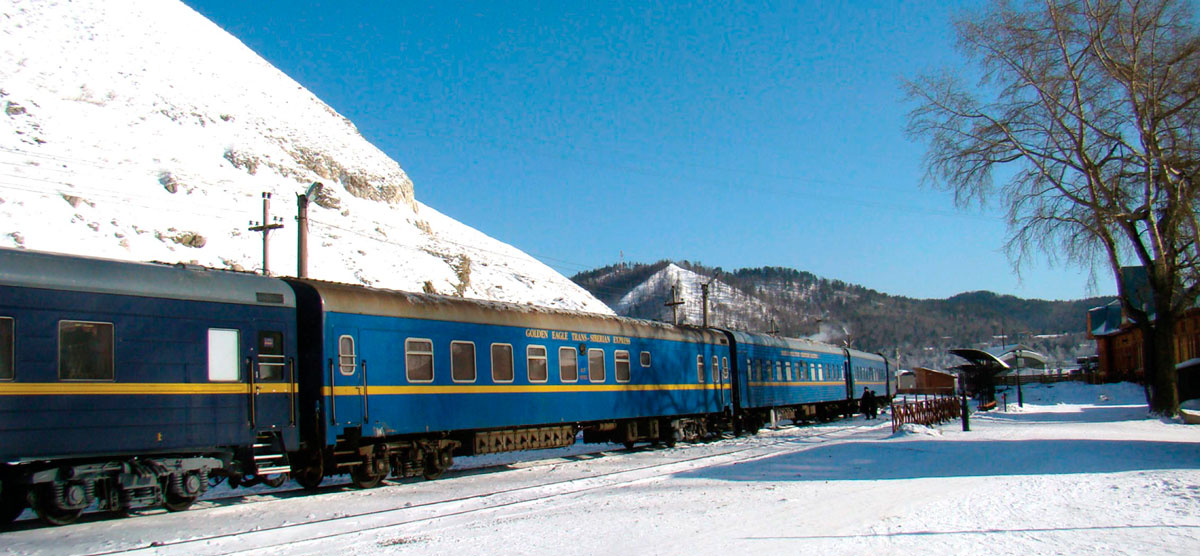The fantasy behind train rides lies in their design. Regardless of their style, either timeless or modern, they always take us to another time; also, today it is both a pleasure and a hit to travel in them. Luxurious to the bone, they offer impressive views that accompany us throughout the whole trip.
The story of this very old means of transport goes back to the Greek. Known as diolkos and invented in the 6th century BC, the tracks did not rise above the ground, instead the rock surface was carved; there were enormous carriages used to transport boats, which were employed for crossing the Corinth Canal. The Bronze Age gave way to the first wooden rails, used to move materials from mines. The railways that most resemble the ones we know today emerged during the 16th (Transylvania) and 17th (England) centuries and both worked thanks to animal traction, also on wooden rails.
The 19th century was the entryway for steel rails, thanks to the Bessemer System (the first chemical process employed in large-scale steel production). This led Richard Trevithick to invent the first functional steam locomotive in 1802. Two hundred years later, technology and design have evolved, allowing trips to become shorter and, among other things, safer. Here are some of today’s most notable trains.
Belmond Andean Explorer
This is the first luxury night train in South America. Departing from Cusco, it travels across the main spots in the region, like Lake Titicaca and the Colca Canyon, to the white city of Arequipa.
The interior design of each car is made up by handmade furniture and Peruvian accents and they offer three kinds of cabin: bunk beds, two beds, and the suites; wooden finishes, walls covered in linen and bathrooms made with local rocks are some of the details that can be found in their design.

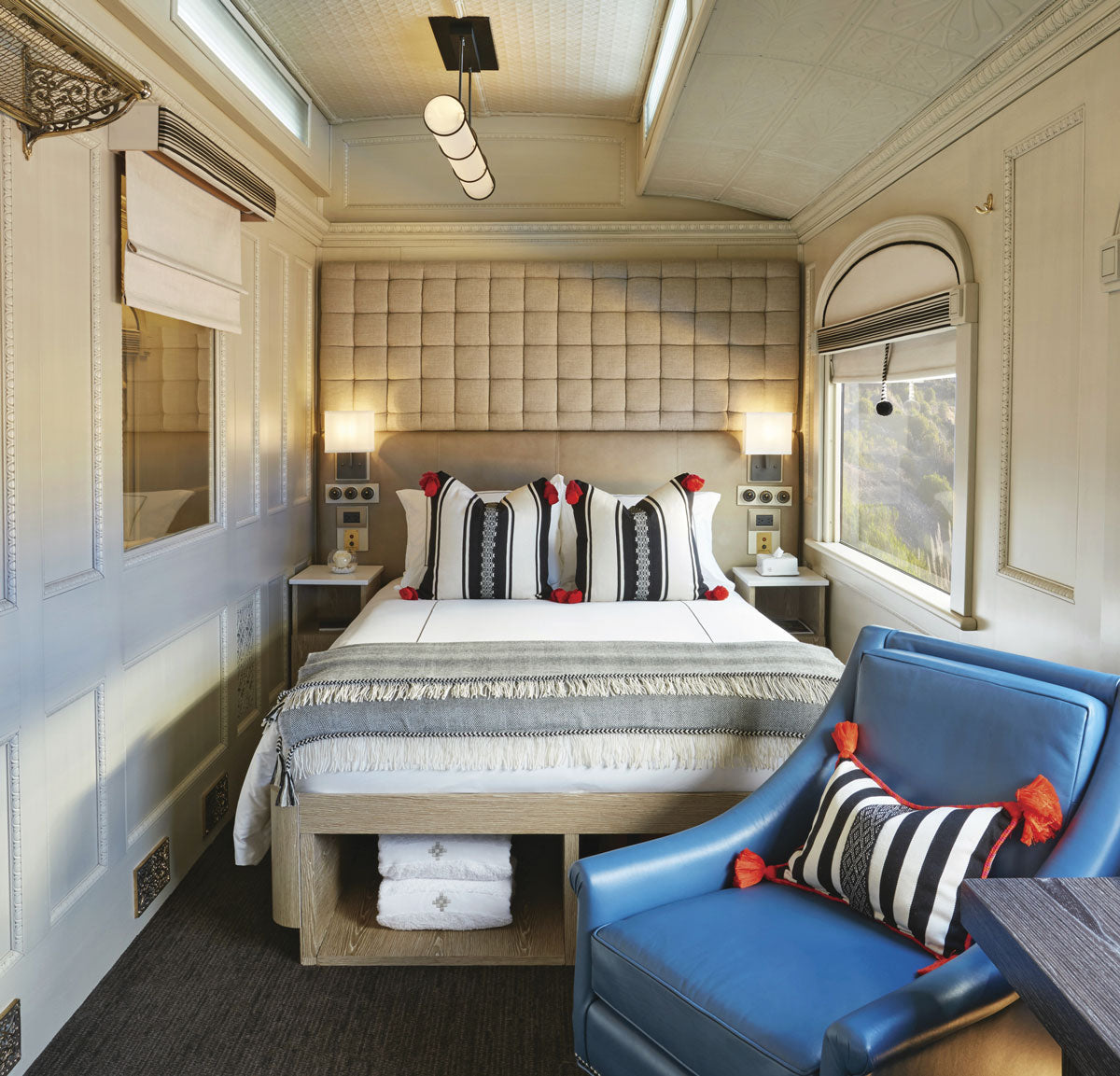
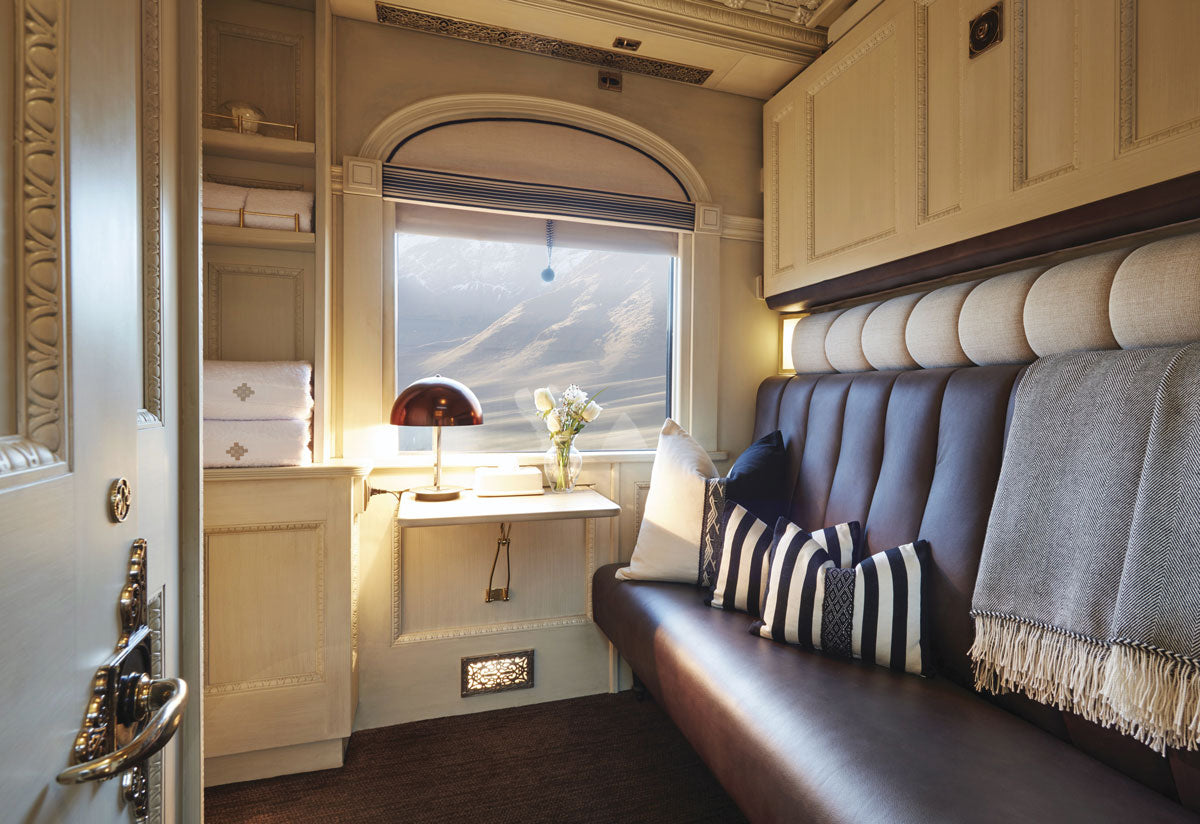
Venice Simplon-Orient-Express
Icon of art déco, Belmond breaks the mold again with the world’s most famous train. Its design features polished wood and vintage upholstery and accessories; the elegance and glamour from the Golden Age can be breathed in each ride.
It offers traditional cabins (suite, individual, and twin) and the Grand Suites, a true ode to luxury, a collection of living rooms under the name of Europe’s most romantic cities: Paris, Venice, and Istanbul. (Each one of them represents the city whose name it bears).



Chepe Express
This is not a hotel train, but it travels across one of Mexico’s most popular destinations. It features six passenger cars (with capacity for 340 people), a dining car, a terrace, and a bar car. The route is 350 kilometers long and you can get off the train in El Fuerte, Divisadero, and Creel stops.


Transcantábrico Gran Lujo
Its style goes back to the 20’s decade and it is a nostalgic reminiscent of the great express train era. Its inspiration comes from cinema and the multiple literary works that speak about train trips, with the advantage that comes with 21st century’s amenities, of course.
The suites are decorated with wood and distributed by: bedroom, living room, and private bathroom. The living rooms are housed inside original Pullman cars from 1923, pieces from the historical railway heritage, which now serve as areas for leisure and relaxation.

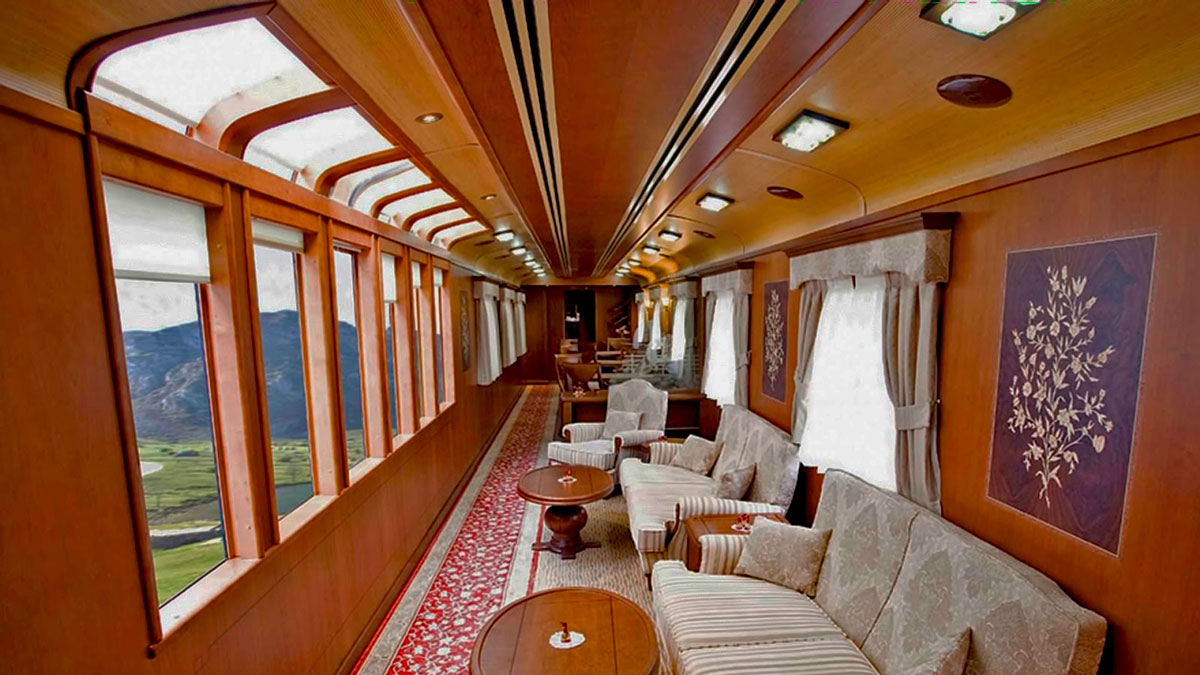
Blue Train
This train departures from Pretoria or Cape Town, a South African trip inside a moving 5-star hotel. The cabin options are Deluxe Suite and Luxury Suite, both offering the choice of full or two twin beds. There are three common areas: Observation Car, passengers can enjoy the African landscape; Lounge Car, a more relaxed bar; and Club Car, the only area where smoking is allowed and that is some kind of gentlemen’s bar.

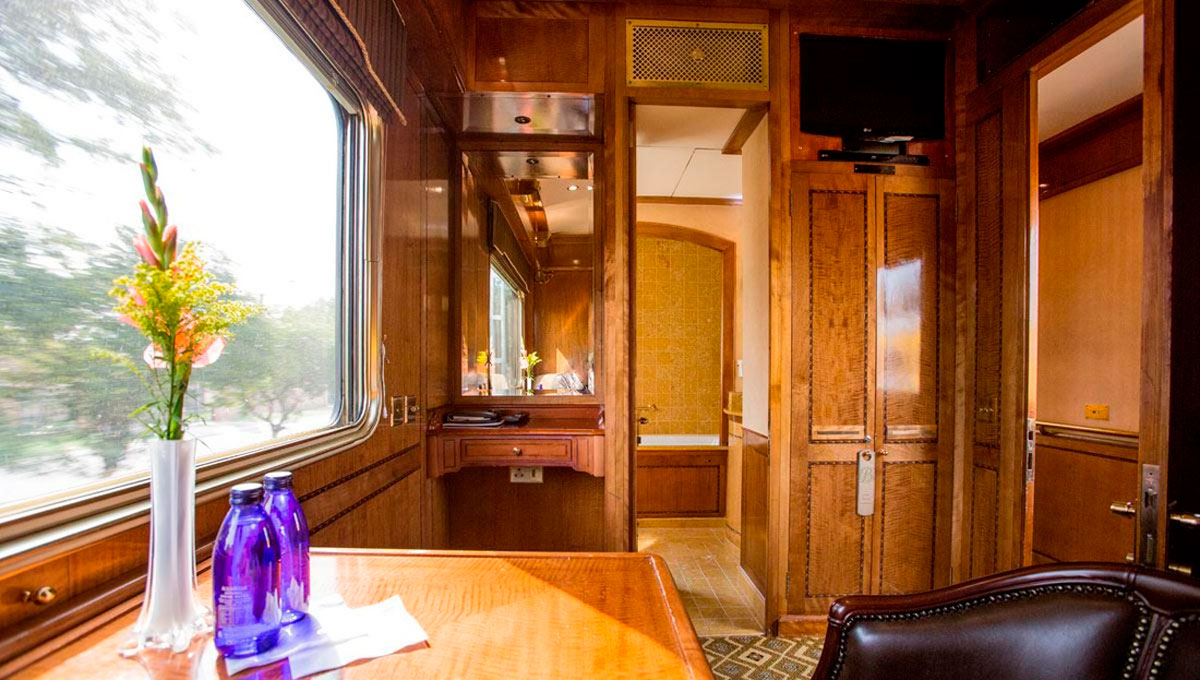
Golden EagleDesigned to offer the greatest possible comfort, it is a kind of Trans-Siberian, but it does not always follow the same route; it has different plans that go from the Silk Road to a taste of Italy.
It features three kinds of rooms: the Imperial Suite, the Gold Class, and the Silver Class, all of them equipped to fulfill the guests’ needs. The bar and restaurant offer entertainment activities, like Russian lessons and the bar is open during the night, until the last person having dinner decides to leave.


